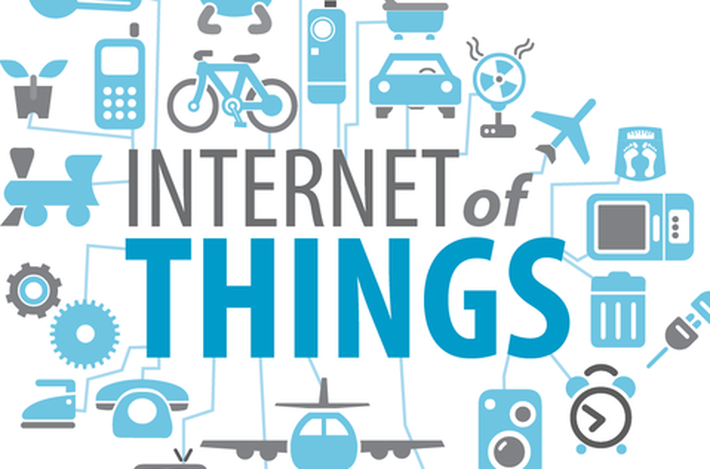
Published on 11/16/2016 | Technology
We have been reading quite a bit about IoT (Internet of Things), IIoT (Industrial Internet of Things), how these are generating large amounts of data and the need to store and analyze it.
IoT consists of any device that can generate data, from a mobile phone, to a heart rate monitor, practically any device that has connectivity.
IIoT is a spin on that from an industrial perspective, what data can be gathered from equipment and how it can be stored, analyzed.
Big Data and Big Data platforms are how to collect and store this data/information in a way that it can be easily analyzed (sql, nosql, time series, you name it).
Analytics engines serve two purposes
How do you process this data?
How do you visualize this data?
Now that we have done all of the above, what is next? Let us look at some use cases:
I am a human being and my wearable devices are capable of transmitting data about me (Heart rate, number of steps walked, blood pressure, etc.) – IoT
I am a jet engine or a compressor or a pump and I am providing data about my performance (RPM, temperature, pressure, power consumption, etc) – IIoT
Finally, I am living in a social media world and I am transmitting data about my shopping activity and preferences, my facebook and linkedin activity, etc.)
We are talking about a large amount of data, there are technologies that store and analyze it. All that is historical analysis which is good and I can use common sense and excel spreadsheets to predict based on past performance.
What would be most useful is an engine that predicts FUTURE performance based on trends generated from the analytics using data that was stored on a big data platform gathered from devices and networks – whether its an industrial device, a mobile device, online activity, or a human activity device.
What are the chances of me getting a stroke or a heart attack?
What is the next time this equipment will fail? What was the mean time to repair this equipment? MTBF (Mean Time Between Failures), MTTR (Mean Time to Repair) so that I can order replacement equipment?
Based on my shopping history and preferences, where and what am I going to purchase. Based on my LinkedIn activity, when am I going to switch jobs next?
These are the questions that need answers. Historical data analytics can tell me when was the last time I had a stroke or heart attack and what parameters led to it, or in case of an equipment it will tell me when was the last time I needed maintenance or how long it took to repair, or how many things did I buy and how much did I spend on my shopping spree. However, this information is of limited use. What would be more useful is what I can predict to happen in the future based on those same parameters.
There are possibilities of more mashups that can be created that combine your facebook activity, your health info, your online workout log, and your food shopping preferences that could possibly predict more interesting things
This is the first in a series of articles, more to come are what we do about the predictions, what worked – what did not, and how do I make use of this next higher level of abstracted information. How is my data classified, can I utilize cheaper cloud option or do I have to house it on premise? Is it really cheaper on the cloud? How long do I store my historical data, what is the cost of doing it – and really how useful is past data beyond a particular point in time?
This article was originally posted on Cinqueon's blog.